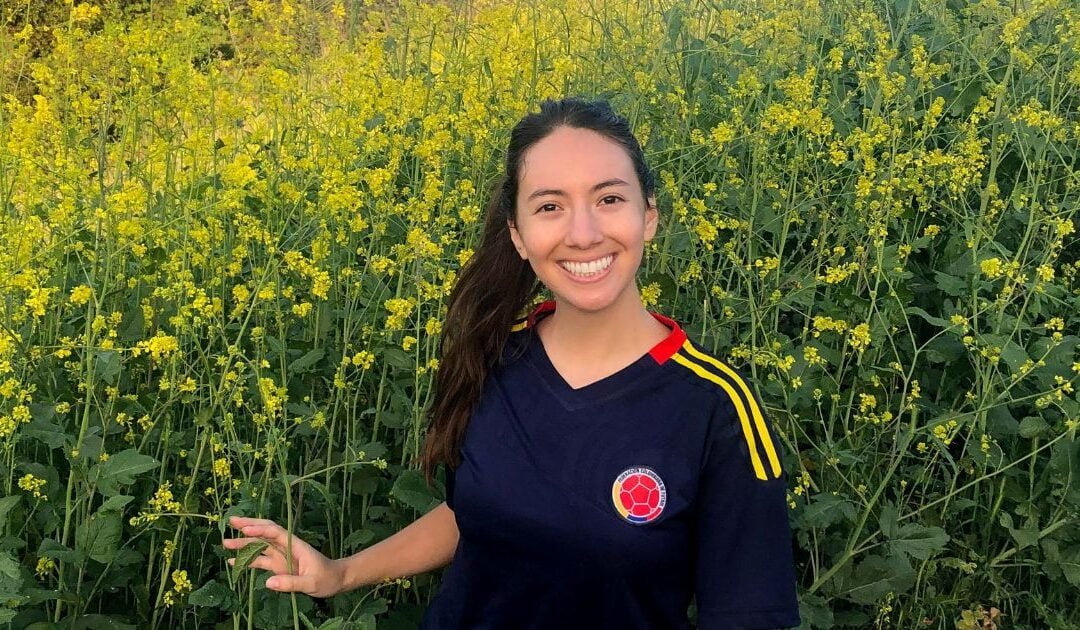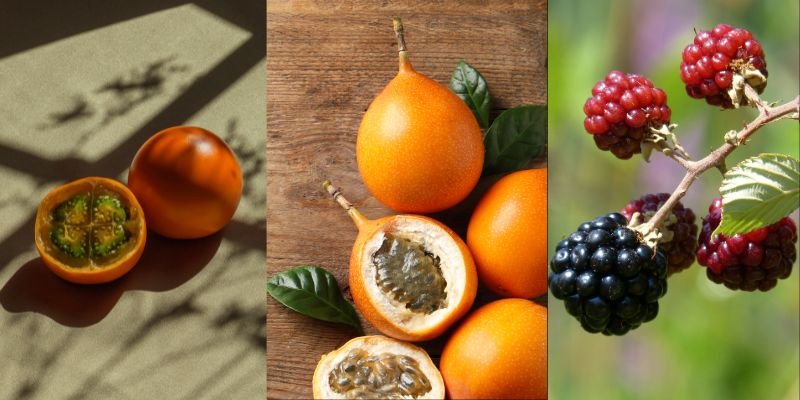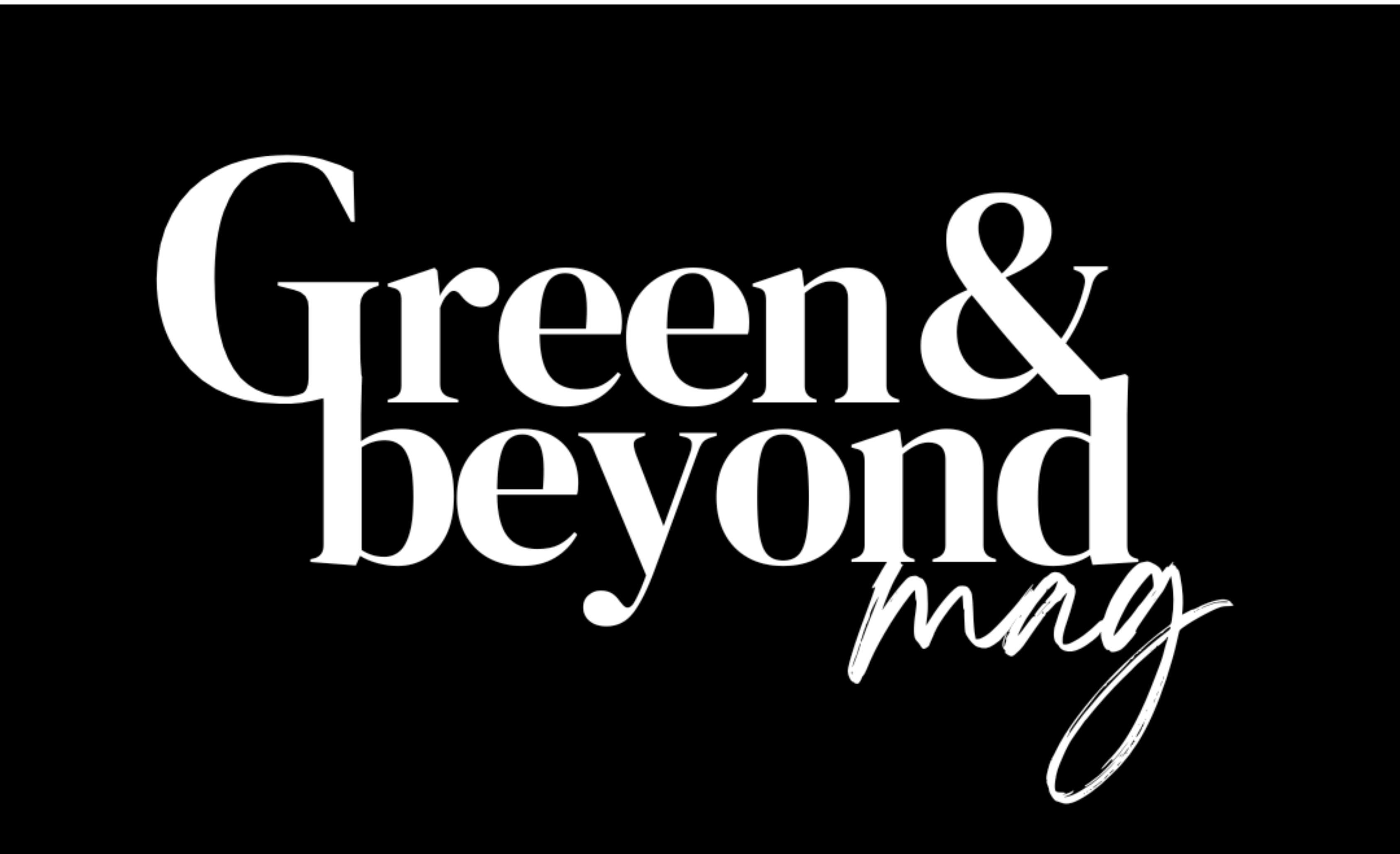
Unveiling Links: Tania Roa on Climate, Social Justice, and Wildlife
In a world where the delicate balance of nature teeters on the edge of collapse, Tania Roa, a passionate advocate for wildlife, environmental preservation, and social justice has emerged as a strong voice for change. With an unwavering commitment to highlighting the interconnectedness of the climate and biodiversity crises, she sheds light on the exploitation of marginalized communities and animals. Through her work, Tania emphasizes the urgent need for change and invites us to join her in the fight for a more just and sustainable world.
In this exclusive interview, we delve deep into Tania Roa’s remarkable journey, exploring her insights on the interplay between climate change, social justice, and biodiversity conservation. Get ready to be inspired and enlightened as Tania shares her vision for a future where the protection of our planet and all its inhabitants reigns supreme.
Tell us about your backstory. How did you join the climate movement?
During one of my classes in graduate school, I learned about the harmful consequences of factory farming in the U.S. for people, animals, and the environment. Migrant workers are treated as disposable and unfairly paid for their hard labor. Workers and animals often get sick or even die from the widespread use of unhygienic practices that prioritize profit over well-being. The air, water, and soil pollution that results from these practices degrades the environment and, therefore, contributes to climate change. When I learned about these connections, I realized I had found my calling: climate justice for all people and for all living beings.
As an environmental writer and speaker, you talk about biodiversity, climate change, social justice, intersectionality, and wildlife conservation. Can you please explain how all them are interrelated?
When land is destroyed for extracting natural resources, everything in the area is impacted. It’s a chain reaction that begins in the ground. The loss of soil microorganisms reduces the number of plants, which harms herbivores, and fewer herbivores signify fewer predators. This process also diminishes our ability to grow food or filter air and water. That’s why large corporations extract natural resources near historically marginalized neighborhoods – they know it’s wrong, so they strategize with the goal that it will go unnoticed. For true climate justice, we need to regenerate the Earth AND protect marginalized people.
Why do you think it is important for us to reconnect with nature?
For decades, Western conservation efforts have separated humans from nature. This mindset only leads to partial protection of the Earth, in parks or reserves that we ‘set aside’ for conservation. When we see ourselves as part of nature, this perspective shifts towards one that calls for the protection of the entire planet. Many Indigenous cultures view plants and nonhuman animals as relatives, and these are the cultures that protect 80% of today’s biodiversity. It’s not a coincidence that the way we relate to the natural world influences how we treat it, so it’s time we find our way back to nature as we did before overconsumption and over-extraction practices.
In your TEDx Talk, you discuss The Ego and The Eco mindset. For our readers, can you please explain what they are and why we need to shift to Eco from Ego?
Thank you! Ego stands for Egotistical, and it’s illustrated by a pyramid that depicts a hierarchy. Systems built on superiority are founded upon the idea that the living beings on the bottom of the pyramid are replaceable and therefore disposable. Ego includes systems that place certain humans over others based on race, class, gender, sexual orientation, etc. or systems that place people over other species.
On the other hand, Eco stands for Ecological, and it’s illustrated by a circle. When we place ourselves on the same level as all other people and living beings, we move towards collaboration. Circles are representative of cycles, and by placing ourselves in the circle of life, we recognize that what we do to others we do to ourselves. In that case, why wouldn’t we want to live in ways that are rooted in love, care, and coexistence?
Being a Colombian-American, tell us about a practice(s) in your culture that are actually very sustainable and good for the planet.
Colombians tend to be less wasteful than Americans. In Colombia, they serve you one napkin with your meal (if they give you one at all), while in the U.S. I’ll get five napkins with my meal even if I don’t ask for any. My parents grew up learning to appreciate what you have and taking care of it so it lasts. For example, we put covers on our couches so they don’t stain as easily. I also still have the same furniture in my room as when I was ten years old, which is one way we save money.
What is your favorite Colombian food? Does climate change have any impact on it?
Colombian fruits are delicious. Lulo, Granadilla, and Mora are some of my favorites.

As a nation in the tropical region, Colombia’s agriculture is severely impacted by climate change. Increasing heat waves, more intense and frequent storms including cyclones, and glacier loss threaten water sources which can lead to degraded soil. One way to minimize these adverse effects is to return to Indigenous agricultural practices.
How do you practice sustainability in your regular lifestyle?
I reduce my use of single-use items by opting for reusable face wipes, a menstrual cup, and rags instead of paper towels. My mom taught me to make kitchen rags out of old towels by cutting them up. Now I adopted that mindset to my wardrobe, too, by cutting dresses I don’t wear anymore to make skirts and tank tops. My mom also taught me how to not waste food. If you ever need any ideas for how to use the last three ingredients in your fridge, I got you!
Tell us about your podcast, Closing the Gap. When and why did you start that journey?
I started Closing the Gap: a social justice podcast in February of 2022 with my best friend from high school, Adriana Medina. We’ve protested together, participated in community events, and encouraged each other to take action by signing petitions or emailing our representatives. We decided to share the resources we come across with others in a way that’s accessible and relatable, and that’s when the podcast was born. The podcast doesn’t focus only on climate, but as all of my work emphasizes – everything is connected, including social justice and the climate crisis.
What would your advice be to someone in the climate movement who feels hopeless and burned out?
Be careful where you get your news. I don’t watch the news. Instead, I stay updated with current events by following climate justice-oriented organizations, activists, or platforms that specialize in creating action items. On Instagram, Environment and The Slow Factory are great accounts to follow for ways to take action. The action item reminds me of my ability to do something – whether it’s signing a petition, donating, or calling a legislator – and that makes a difference in our world and for my mental health.
How do you envision your future?
Protecting the natural world and all species that are a part of it, including humans, is my life’s work. There is no ‘finish line,’ and I don’t want there to be one. Collaborating with plants, other animals, and fungi is never-ending because our relationships with them constantly evolve – that’s the best part. I’ll continue to spread love for all living beings and speak up whenever any individual or group is disrespected.
Do you have an idol?
There’s not one person I look up to, but I am inspired by the many climate justice advocates and activists in this movement. From Francisco Activista, a young Colombian activist who encourages others to Catherine C. Flowers, author and activist who is dedicated to speaking up for poor, rural communities who are neglected by regional and national government agencies, there are people all over the world of all ages giving back to their community. Together, all of our actions add up.
What’s your mantra for life?
“When you know better, you do better.”
Maya Angelou
I love this quote because it highlights how we should all have grace for ourselves and each other. I didn’t learn about the severity of climate change until my 20s. While I wish I had begun this journey at a younger age, I didn’t know any better back then. Now that I know the problems and their solutions, I act and I ‘do better.’
How can others join you in the climate movement?
Everyone has a role in the movement for a more equitable, regenerative future. My favorite resource for those who aren’t sure where to begin is Dr. Ayana Elizabeth Johnson’s Venn Diagram. Bottom line: choose something you love, and feel free to add on or change it as you grow and learn.
Find and connect with Tania on Instagram or LinkedIn.
This is a part of a series where Green & Beyond explores the stories and takes a peek at the lifestyles of incredible people like green entrepreneurs, innovators, climate advocates, activists, community leaders, and content creators, all around the world, who love the planet, and are working tirelessly to make the world a better place.



